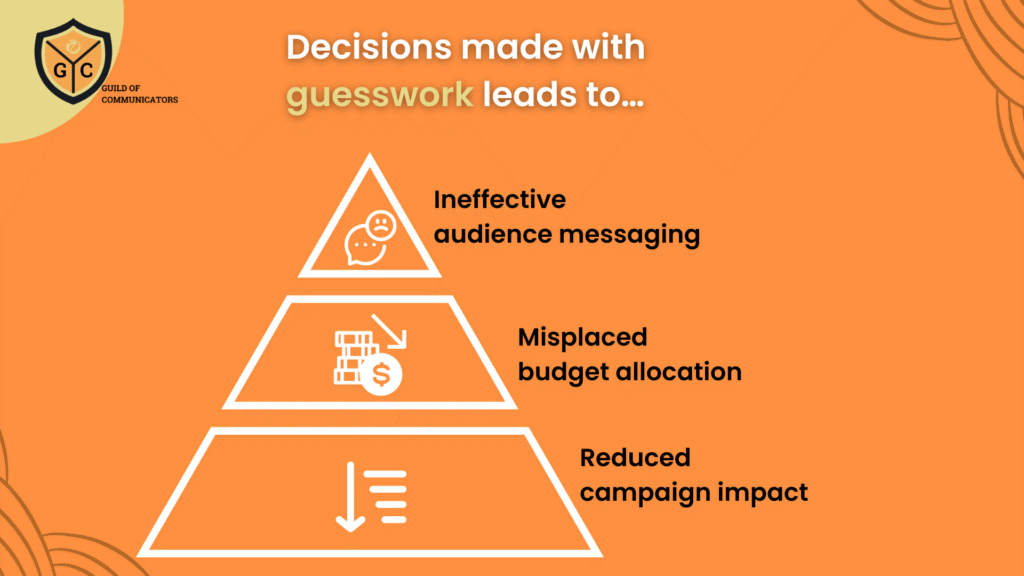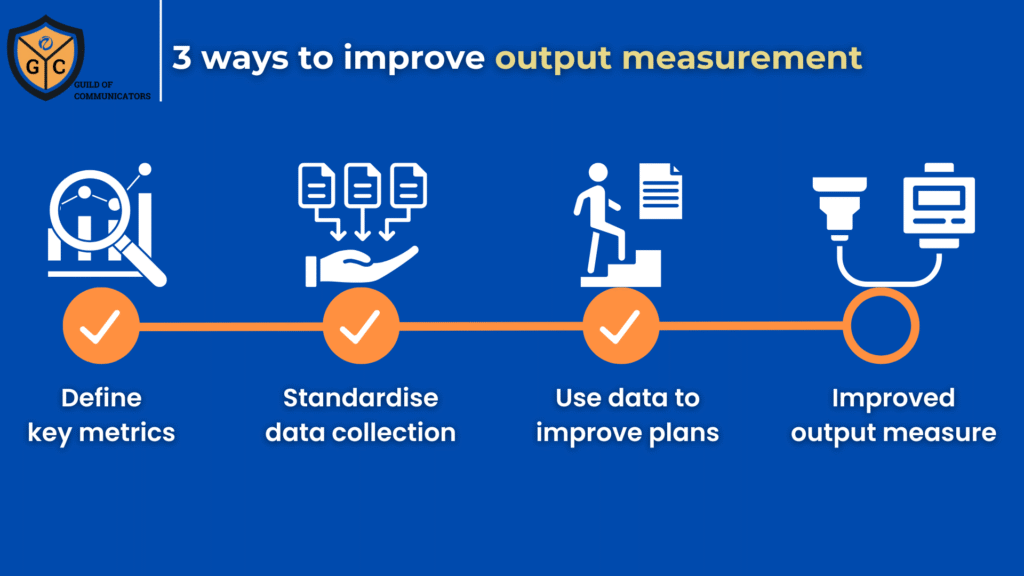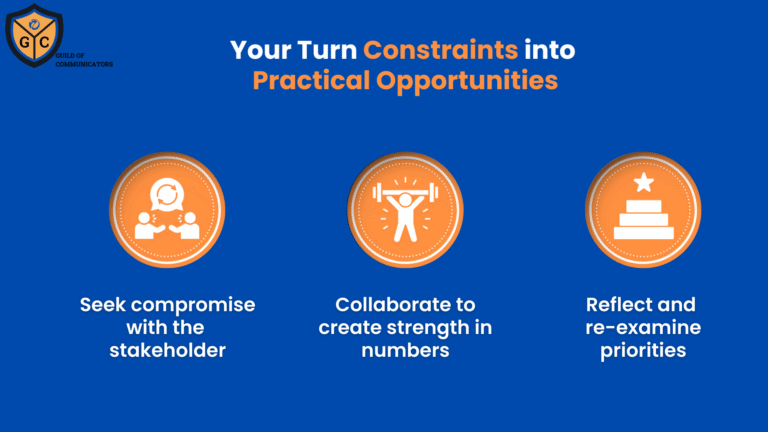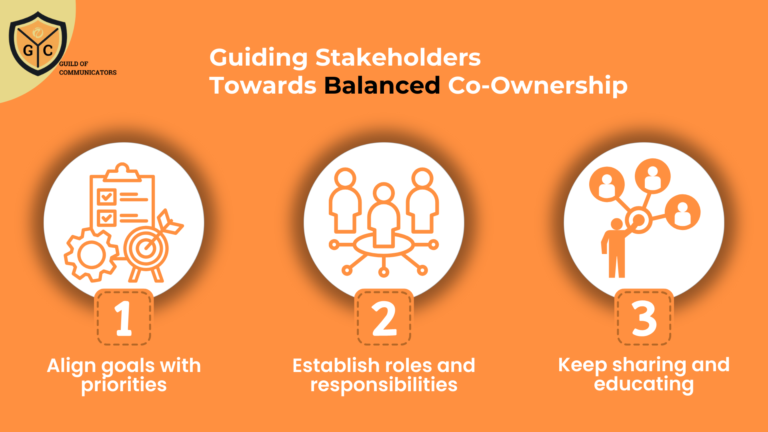Outputs and outcomes are both essential components of a communication programme, but they serve different purposes.
Outputs refer to the tangible activities and deliverables produced, such as media coverage, social media posts, or event participation. Outcomes, on the other hand, measure the impact of those efforts, such as changes in audience perception, engagement, or behaviour.
While outcomes ultimately define success, outputs provide the necessary data and insights to assess whether a campaign is on the right track. Ignoring outputs can lead to missed opportunities for optimisation and adjustment.
Ignoring Outputs Lead to Strategic Blind Spots
When communicators focus only on high-level outcomes without considering outputs, they lose valuable insights into what is working and what is not. Outputs provide early indicators of performance, offering clues that can guide strategic adjustments before a campaign is complete.
Without tracking outputs, teams may struggle to pinpoint the root causes of success or failure. This can lead to poor decision-making, where efforts are doubled in the wrong areas or prematurely halted without a clear understanding of effectiveness.
A well-structured approach to output measurement helps communicators refine their tactics, allocate resources efficiently, and ensure that their strategies remain aligned with audience needs and campaign objectives.

When Strategy Becomes Guesswork
Decisions made without analysing output data can lead to ineffective messaging, misplaced budget allocation, and reduced campaign impact. Without concrete insights, teams may rely on assumptions rather than actual performance indicators.
This can result in inefficient resource use, where time and budget are directed toward tactics that do not deliver the intended results. What’s worse, stakeholders may become skeptical of communication efforts if results appear inconsistent or difficult to justify.
Using outputs as a decision-making tool ensures that strategies are refined based on real performance data rather than speculation. This leads to more targeted efforts, stronger engagement, and a greater likelihood of achieving communication objectives.
Creating Structure in a Messy Data Landscape (Or Make Things Make Sense, OK)
Output measurement can be complex due to varying data sources, differing reporting formats, and inconsistencies in collection methods. Without a structured approach, it becomes difficult to interpret data effectively and draw meaningful conclusions.
A measurement matrix provides a systematic way to track and evaluate outputs. By defining key metrics, standardising data collection, and setting benchmarks in advance, communicators can ensure consistency in their reporting and analysis.
Having a clear framework for output measurement not only simplifies decision-making but also strengthens the credibility of communication efforts by ensuring data-driven evaluations.
How a Measurement Matrix Prevents Misinterpretation
Without a structured measurement approach, bias can influence decision-making.
Communicators may overestimate success based on selective data or personal perceptions, leading to misguided adjustments or misplaced confidence in ineffective tactics.
A clear measurement matrix minimises bias by providing objective criteria for evaluating performance. When outputs are consistently tracked and analysed, teams gain a more accurate picture of what is working and where improvements are needed.
By implementing structured measurement practices, communicators can avoid common pitfalls in campaign evaluation and make data-driven decisions that align with actual performance rather than assumptions.

Three Ways to Improve Output Measurement
When output measurement is systematic and actionable, communicators find it easier to create programmes that are strategically informed and impactful and can be executed well.
Here are three approaches to consider when taming the output data ‘beast’ to produce effective (and useful) information.
Define Your Key Metrics – Identify the specific outputs that align with your objectives. Whether it is media coverage, audience engagement, or event participation, selecting the right indicators ensures relevant and useful data.
Standardise Data Collection – Establish consistent methods for gathering and reporting outputs. Using structured formats and tools helps eliminate inconsistencies and makes data easier to analyse.
Use Data for Continuous Improvement – Regularly review and interpret output data to refine strategies. Insights should guide tactical adjustments, resource allocation, and messaging to enhance overall campaign effectiveness.
Effective measurement of outputs can ensure that strategies remain informed and adaptable, while improving the likelihood of achieving meaningful outcomes with your programme/campaign.
*****
Join the Guild of Communicators at www.gocommunicators.com.
The Guild of Communicators (Go Communicators) stands as the preferred community for communicators seeking to elevate their craft. Through our Academy of Excellence, we provide best-in-class frameworks, fit-for-purpose resources, and opportunities that support members in achieving professional excellence.
We provide the following resources, tools and opportunities to members:
- Best-in-Class Resources: We provide our members with access to frameworks, playbooks and tools that empower them to achieve and maintain professional excellence.
- Continuous Learning and Growth: Through our comprehensive training programmes, workshops, delivered digitally, 24/7 and in-person, we support the ongoing professional development of communicators.
- A Supportive Network: GOC fosters a vibrant community where communicators can connect, collaborate, and support each other, creating a network that champions mutual growth and success.
- Shared Knowledge and Expertise: Our members benefit from the collective wisdom and experience of a diverse group of communication professionals, enhancing their skills and perspectives.
Go Communicators is dedicated to amplifying the impact and value that communicators bring to their organisations, highlighting their crucial role in driving success and growth.
We equip our members with the strategies and tools needed to become influential leaders and business partners within their organisations, enhancing their ability to drive positive change and outcomes.
Through our support and resources, communicators can demonstrate clear, measurable outcomes that showcase their value and impact, reinforcing their importance to their organisations.
Join the Guild of Communicators at www.gocommunicators.com
Subscribe to join over 1500+ communicators and brands getting value every Tuesday while reading A Communicator’s Perspective, our weekly newsletter.




